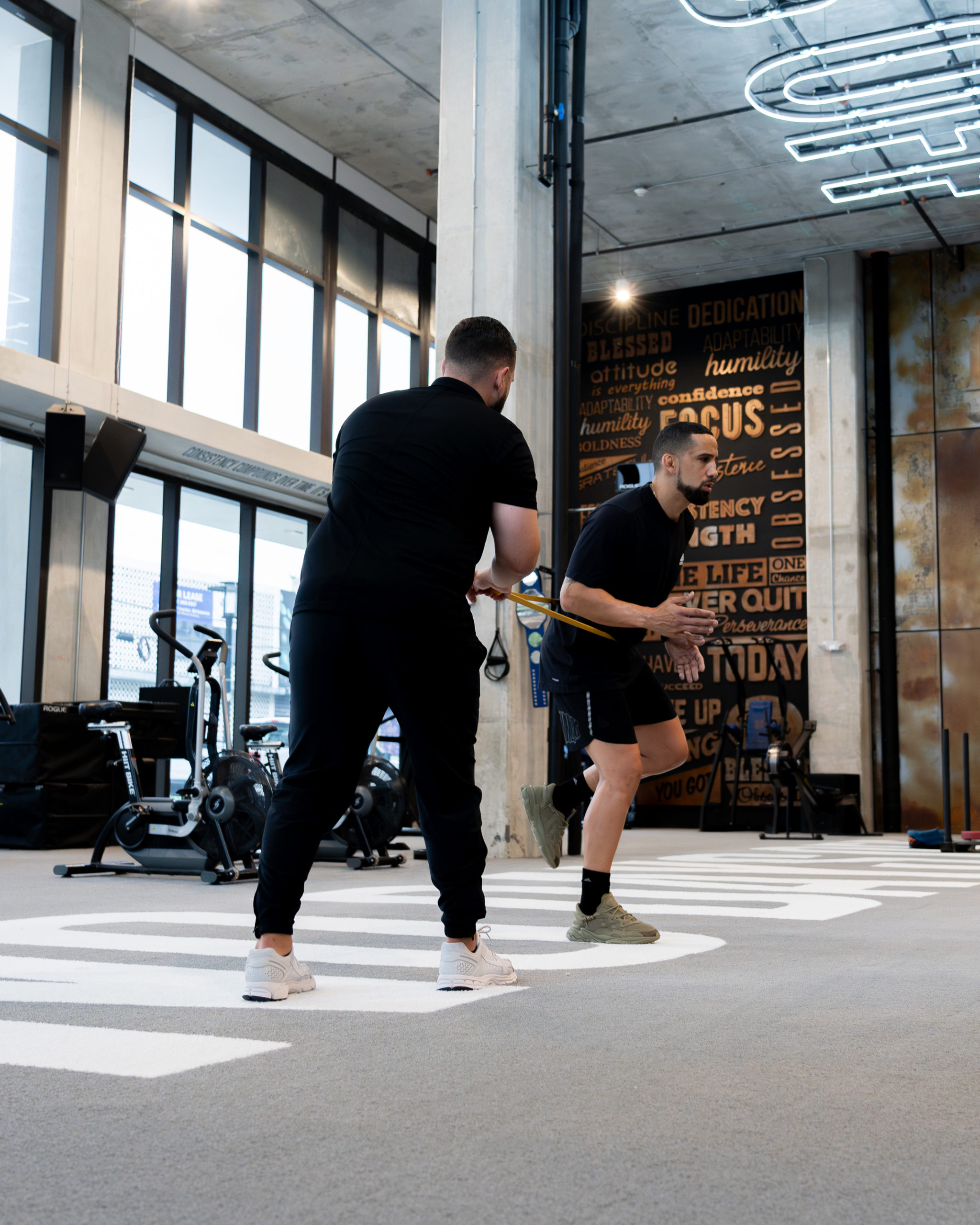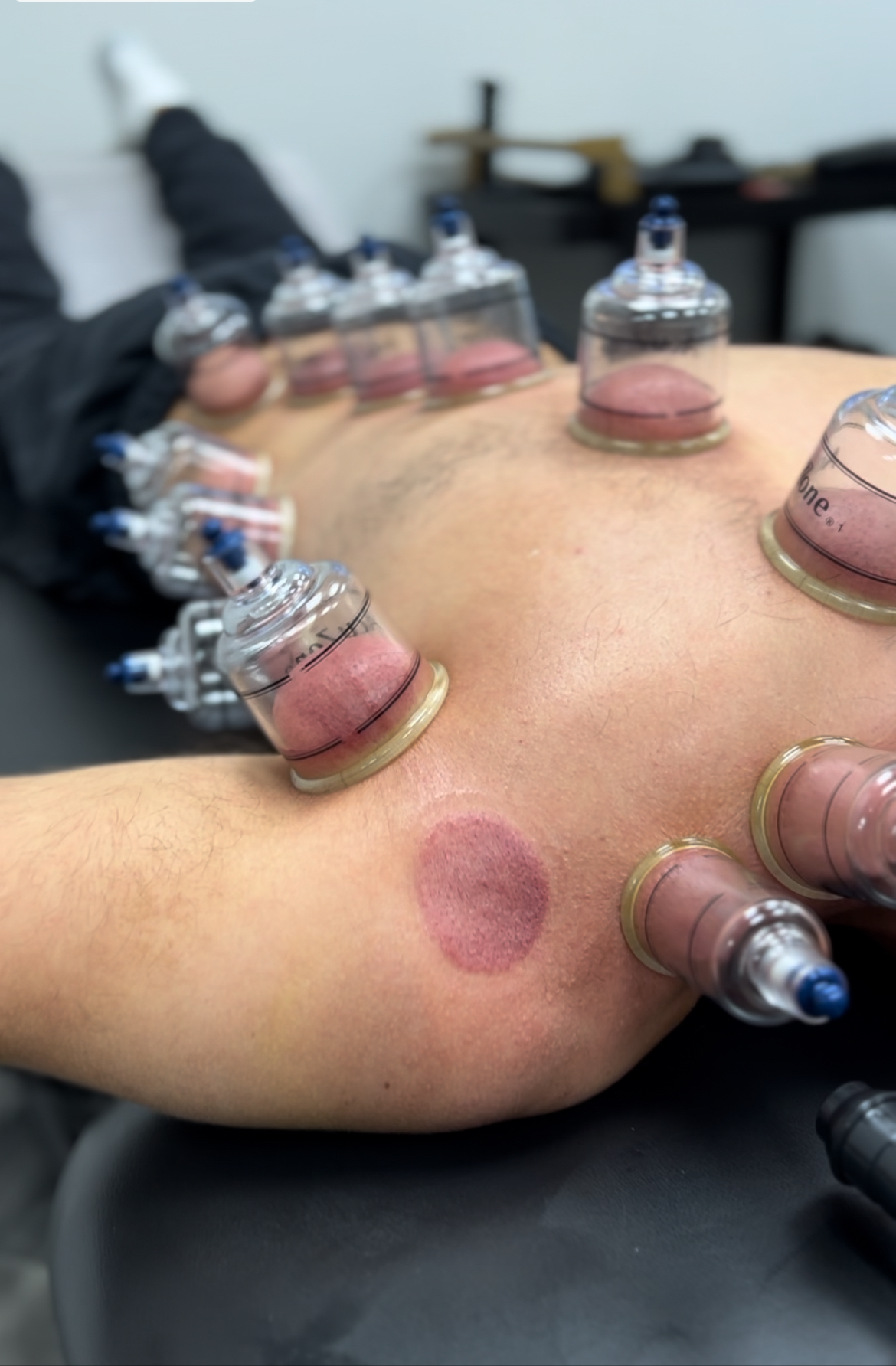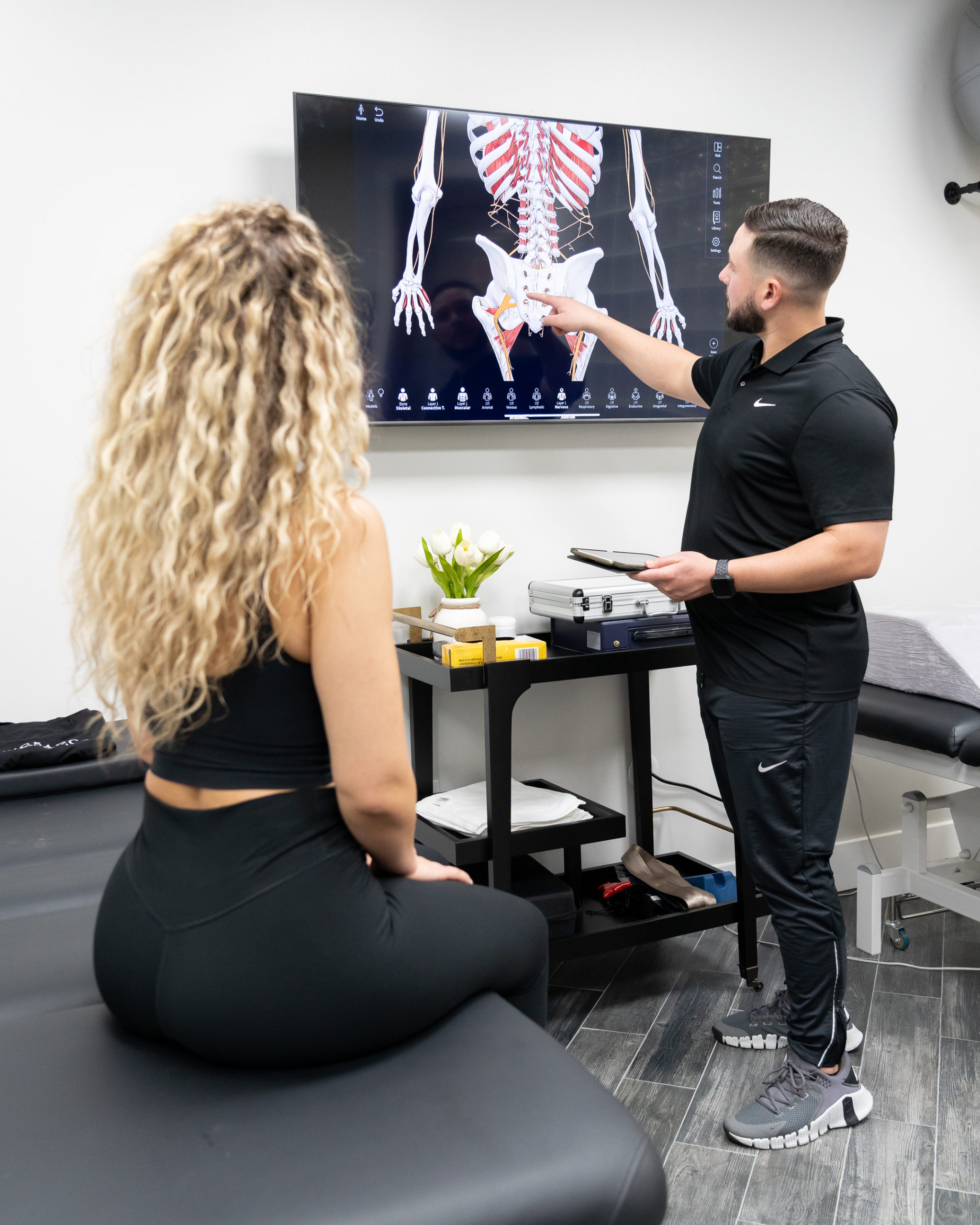Introduction
Parkinson’s disease, a progressive neurological disorder, presents challenges that extend beyond tremors and slow movement. It affects a person’s balance, coordination, and overall mobility. Physical therapy, with its multifaceted approach, can play a crucial role in enhancing the quality of life for those living with Parkinson’s. This article explores the positive impacts of physical therapy in managing Parkinson’s disease.
Understanding Parkinson’s Disease
The Nature of Parkinson’s
Parkinson’s disease primarily affects motor functions due to the loss of dopamine-producing neurons in the brain. Common symptoms include tremors, rigidity, slowed movement (bradykinesia), and balance issues.
The Progressive Impact
As the disease progresses, these symptoms can worsen, making daily activities increasingly challenging.
The Role of Physical Therapy in Parkinson’s Management
Physical therapy offers strategies to manage the symptoms of Parkinson’s effectively, focusing on improving mobility and independence.
1. Enhancing Mobility and Flexibility
- Physical therapists design exercises that focus on increasing range of motion, flexibility, and overall mobility.
- Stretching and strengthening exercises help manage muscle stiffness and rigidity.
2. Improving Balance and Reducing Fall Risk
- Balance training is crucial as Parkinson’s patients are at a higher risk of falls due to impaired balance and coordination.
- Therapists often use techniques that challenge and improve balance safely.
3. Gait Training
- Gait abnormalities, like shuffling steps, are common in Parkinson’s. Physical therapy helps in improving gait through specific walking exercises.
- Techniques may include treadmill training, cueing strategies, and the use of assistive devices.
4. Addressing Freezing Episodes
- ‘Freezing’, a temporary inability to move, is a unique symptom of Parkinson’s. Therapists train patients in techniques to overcome these episodes during daily activities.
5. Education and Empowerment
- Educating patients about self-management techniques is a vital part of therapy. This includes teaching energy conservation methods and safe ways to perform daily activities.
Conclusion
Physical therapy stands out as a beacon of hope for those battling Parkinson’s disease. By focusing on mobility, balance, and functional independence, it offers a pathway to a better quality of life.
Consultation is Key
Consulting with a healthcare professional or a licensed physical therapist is essential to tailor a program that suits individual needs and stages of Parkinson’s disease.





